Slime mold are single-celled organisms that can work together to form multicellular structures. Antonio Sánchez Chinchón used slime mold simulations generate these images:
This post talks about a generative system called Physarum model, which simulates the evolution of a colony of extremely simple organisms that, under certain environmental conditions, result into complex behaviors. Apart from the scientific interest of the topic, this model produce impressive images like this one, that I call The Death of a Red Dwarf
You can check out the code, a combination of R and C++, on GitHub.


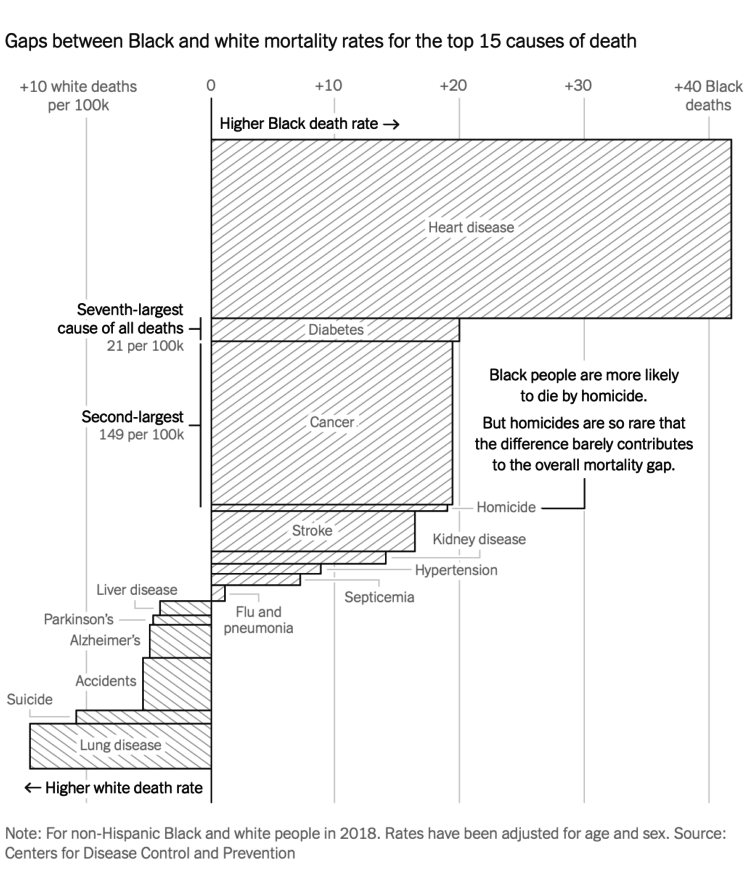
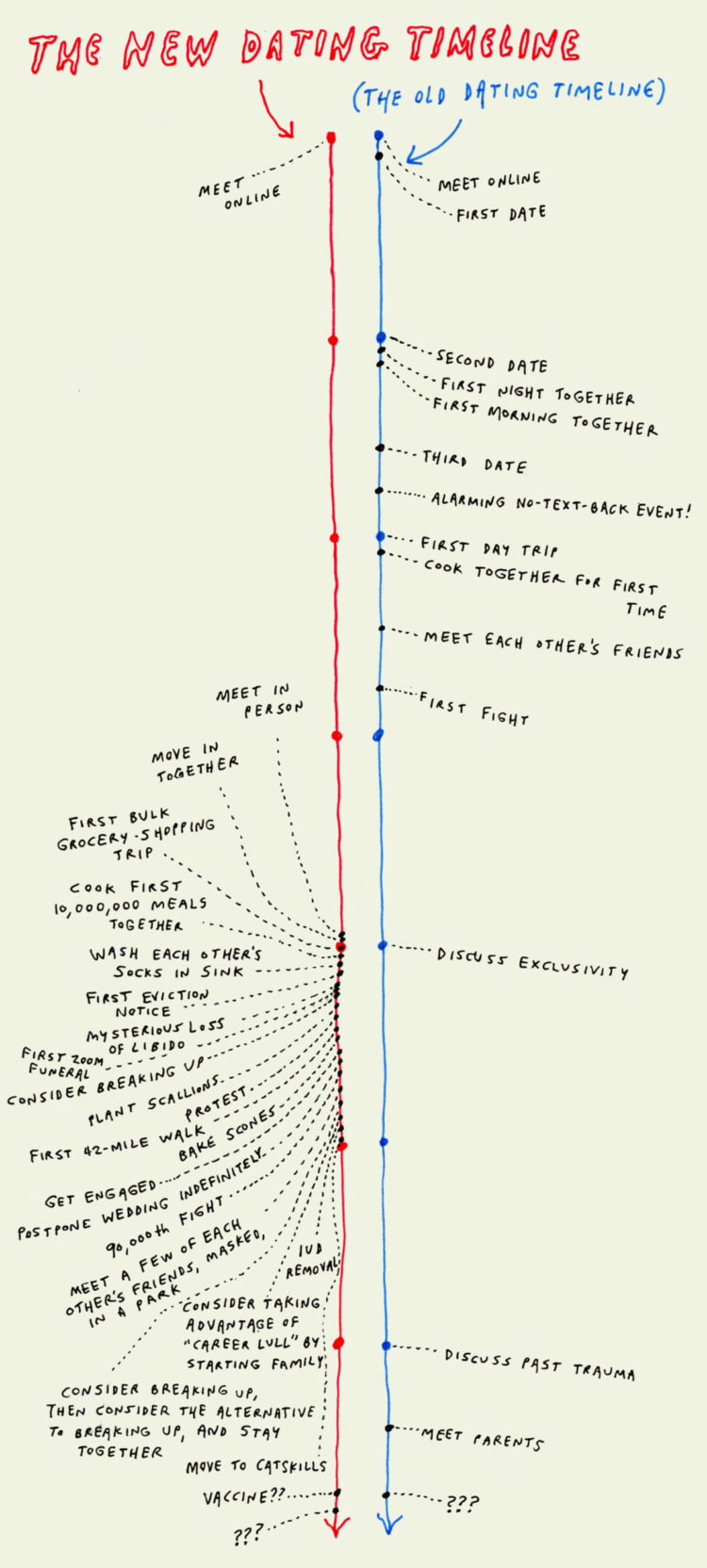

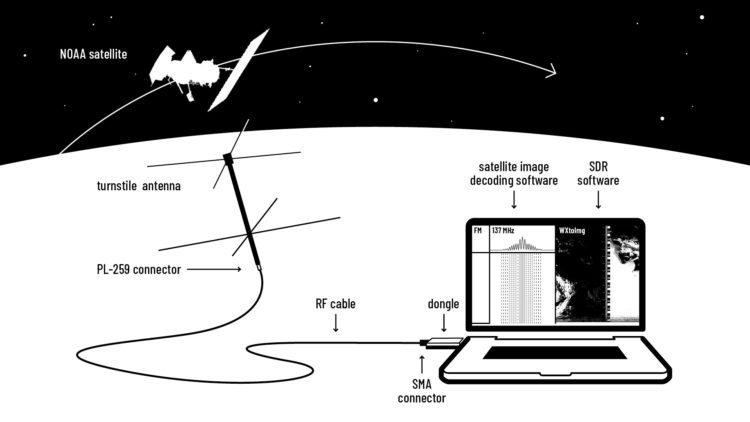
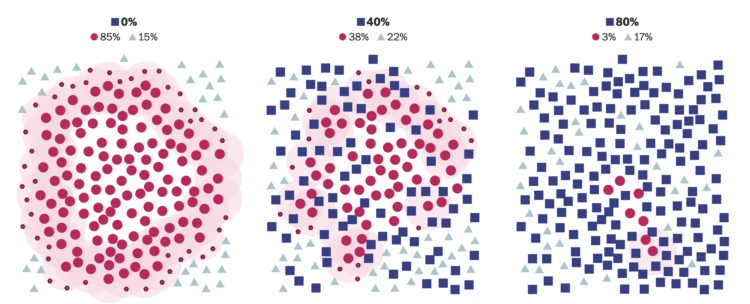

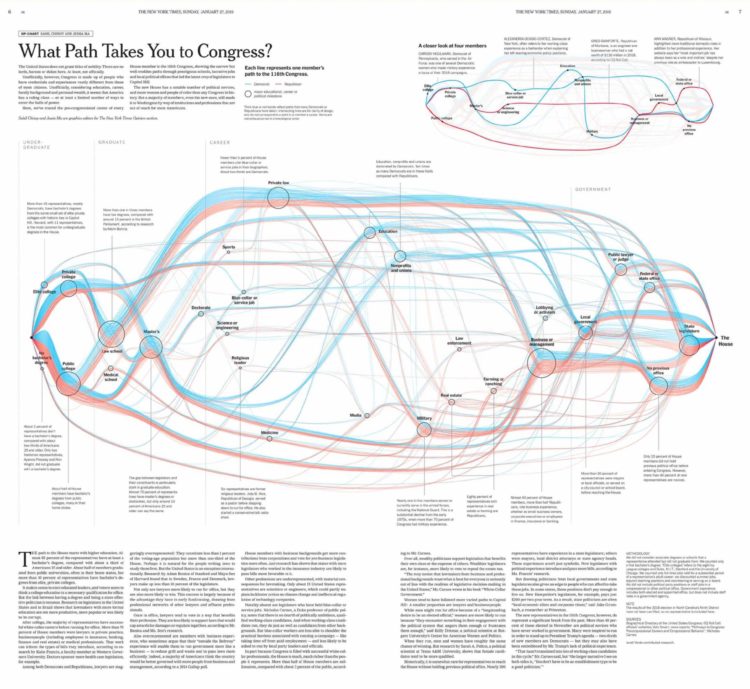
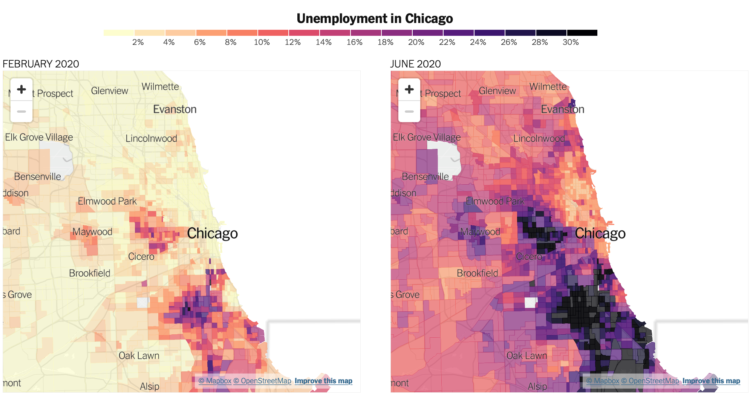

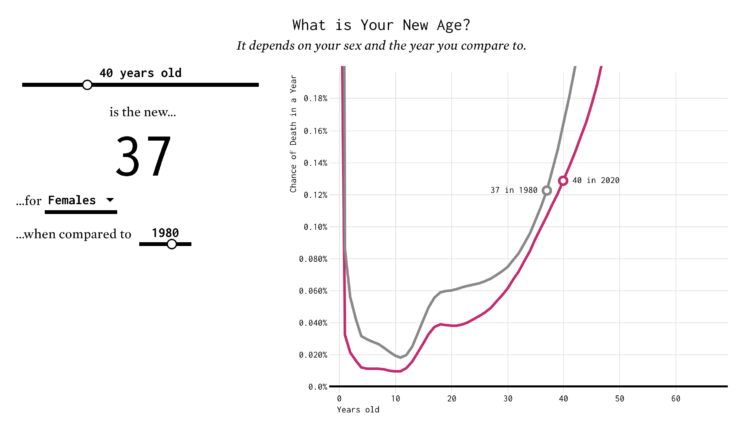
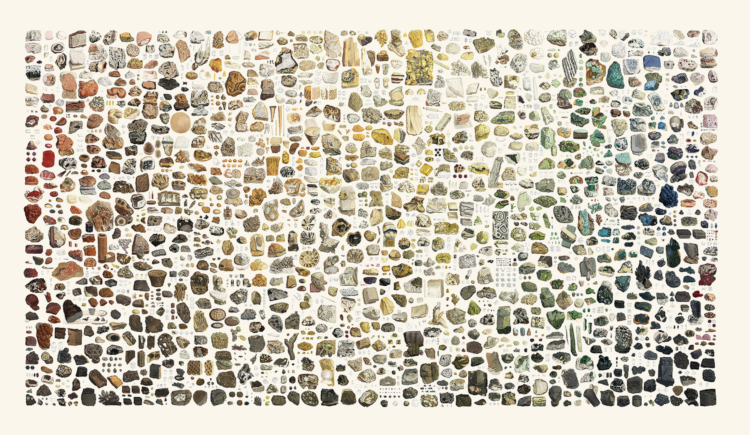



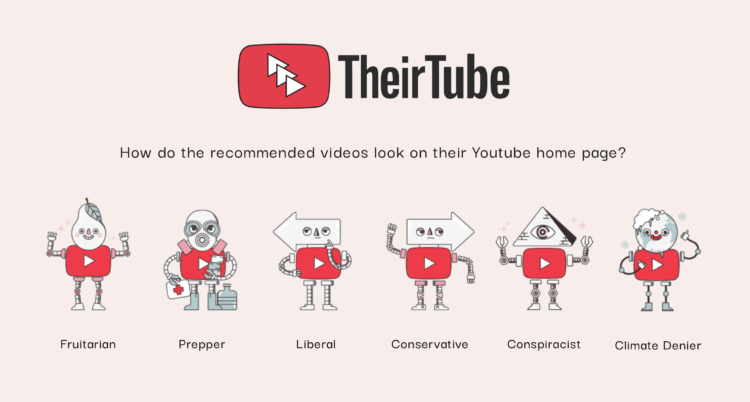
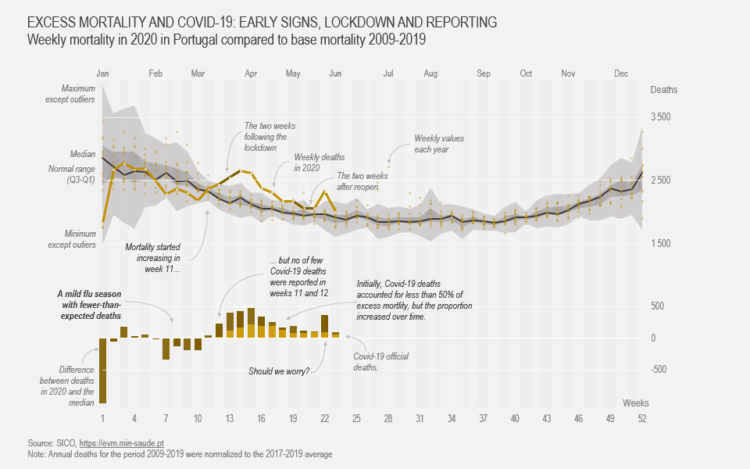

 Visualize This: The FlowingData Guide to Design, Visualization, and Statistics (2nd Edition)
Visualize This: The FlowingData Guide to Design, Visualization, and Statistics (2nd Edition)










